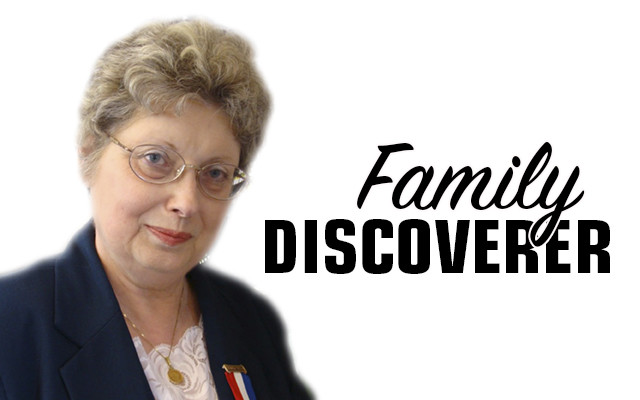
Finding your Scots-Irish ties
Many genealogists in Maine have Scottish and/or Irish ancestors in their family trees. Some are Scots-Irish, the American term for an Ulster Scot.
Ulster Scots came from what is now Northern Ireland, the Protestant part of Ireland. Most of the American Scots-Irish originated in the lowlands of Scotland along the border with England. This border area had been dangerous for more than a thousand years, home to families and clans who raided both sides of the border seeking cattle, sheep and other goods, and were feared and hated. The highland clans, too, were known for warring against each other and against the English. When England forced the part-Scottish King James II, who had converted to Catholicism and sired a male heir displacing the King’s Protestant daughters’ claims to the throne, he was forced to flee. Various clans and lowland Scots fought for James’ son, the Old Pretender, and later for the Young Pretender, known to history as “Bonnie Prince Charlie.” My next column will be about these Scots.
The so-called Ulster Scots were deported or fled to Ireland beginning in 1607 under England’s first Stuart, half-Scottish ruler, James I, son of Mary, Queen of Scots. The roots of the exile concerned the Ulster Scots’ stubborn refusal to abandon Presbyterianism while the English tried to force them into the Church of England.
While it’s logical our Ulster Scot ancestors were either Scottish or Irish, many were neither. English dissenters were also sent to Ulster and Europeans from areas such as Germany and France were exiled there in an attempt to get rid of religious dissenters, Many would end up in the Americas. The Canadian province of Nova Scotia (New Scotland) has a huge Scots-Irish population especially in Cape Breton.
The term Scots-Irish was known in America but came into common usage when thousands of Irish Catholic immigrants emigrated during the Great Potato Famine in the nineteenth century. Considering themselves a cut above the “bog” Irish, the Scots-Irish reminded all that they were staunchly Protestant and had arrived much earlier beginning in 1710.
My first Scots-Irish ancestor to set foot on these shores was James Douglas. He lived for a time in that part of York, Maine, known as “Scotland,” before moving further north along Maine’s coast. The Scots-Irish tended to marry other Scots-Irish. So when James Douglas married Margaret Elliot, descendent of another border clan, in 1731, he was following in his ancestral footsteps.
Most of the Scots-Irish settled in the mountains of Appalachia including Maine. According to some estimates Maine ranks among the top ten states in Scots-Irish descendants. If you’re Scots-Irish and want to know more about the Ulster Scots, visit the Ulster Scots-Irish Society of America website, www.ulsterscotssociety.com, or the Maine Ulster Scots Society, www.maineulsterscots.com, as good places to start your research.
Next time I’ll take a look at the Scots who fought for the Stuart pretenders to the British throne and journeyed to this country under much different circumstances. Until then, Tha deagh fhortan agad (have good luck).
Nancy Battick is a Dover-Foxcroft native who has researched genealogy for over 30 years.She is past president of the Maine Genealogical Society, author of several genealogical articles and co-transcribed the Vital Records of Dover-Foxcroft. Nancy holds an MA in History from UMaine and lives in Dover-Foxcroft with her husband, Jack, another avid genealogist. You can contact Nancy at nbattick@roadrunner.com.